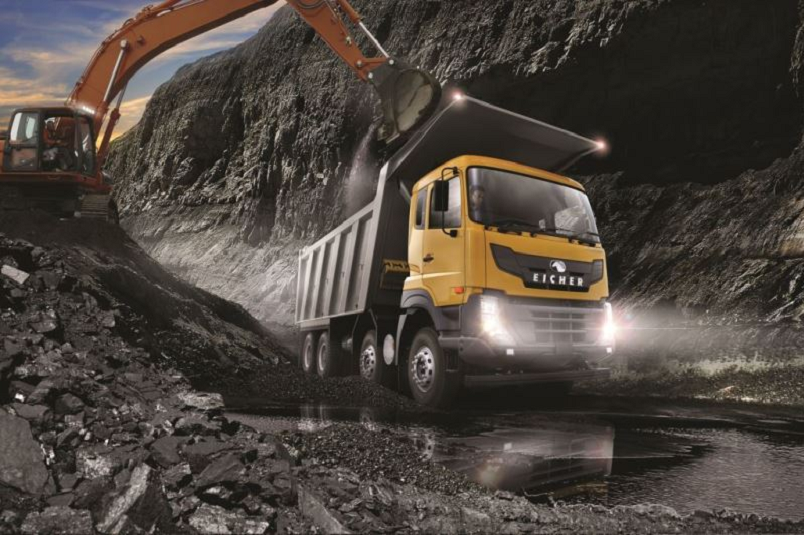India’s coal story can be seen in two eras– before and after 2014. The Supreme Court judgment in 2014 on the coal scam changed a lot of things in the sector. The decisions of de-allocation that were subsequently implemented by the coal ministry have made both mining and acquisition of this fossil fuel a tedious affair in India.
India, the world’s third-largest producer of coal produced 53 million tonnes every year. But after de-allocation, as per the official data obtained in March, it is able to produce only 37 million tonnes this March.
The tale of challenges
The major issue is not just production but the supply of the coal. The fact remains that whether it is steel companies or power or other metal producers, maintaining a regular supply of coal is quite difficult.
Where in 2008, on an average, at the start of every month, the power plants kept coal stocks of 10 days, by 2016, this average came down to just two days. Today, the situation is so grave that many companies are facing a shortage of coal and are thus forced to shut shop or trim down operations.
However, the government tells a different story. Firstpost reports in a November 3, 2017, article that the Ministry of Coal officials based in New Delhi claim “that there is an adequate supply of coal in the market, in reality, supplies have come down drastically, thus idling and stranding capacities in various plants.”
The experts say that adequate evacuation of coal is not taking place from the mines. Since railway lines are facing capacity limitations, while new rail links under construction are yet to be functional. The other issues are the availability of rakes and long distances between the mines and the plants continue to be a trouble, they say.
India consumes about 800 million tonnes of coal per year.Firstpost writes, “the ministry blames the ongoing coal crisis on the failure of private power companies to stock up on supplies before the onset of monsoon when production, as well as rake movement, seem to suffer.”
The plants in the country cannot function without coal supply. The article writes, “India lost more than 15 billion units of electricity due to non-availability of coal in the last two fiscal years.”
Should we believe that there is no solution to India’s growing fuel crisis?
Solution
The mounting criticism on managing coal reserves has been troubling the government exposing the red tape culture that hampers the supply of coal in India. Now, it seems that the government is active to find a solution. It appears to be evolving a unique strategy to tackle the situation in three ways – boost coal production, improve efficiency and send this dry fuel to be sold in the open market.
Firstpost reports, “The idea is to auction large coal mines to private mining companies with freedom to sell and no restriction on end use, a deviation from the previous rule which forced companies to use coal mined from captive mines for use in their plants, be it power, steel, cement or aluminium.”
Fixing Supply
As per a report of Economic Times, dated November 20, 2017, Coal India plans to double supplies by using trucks to power generators located within 60 km of its pits. It estimates that by using about 13,500 trucks every day, it can ease a coal shortage at plants.
At present, about 7,700 trucks are used daily to transport coal to the clients of Coal India, the state-owned company. Through this move, Coal India will provide its clients near pit heads to take coal straight away from the mines and even go beyond their annual allocation.
The articles writes, “Coal India has listed 20 mines from which eligible consumers can take as much coal as they want. As power companies transport more coal by road to their plants, it will free up capacity of the railways to carry the fuel to plants beyond 60 km.”
Trukky believes that stressing upon the roadways to pump up supply to coal companies and plants is a welcome move. Rather than being lackadaisically dependent on the railways, it is better to explore different ways to give the coal sector a new lease of life.



